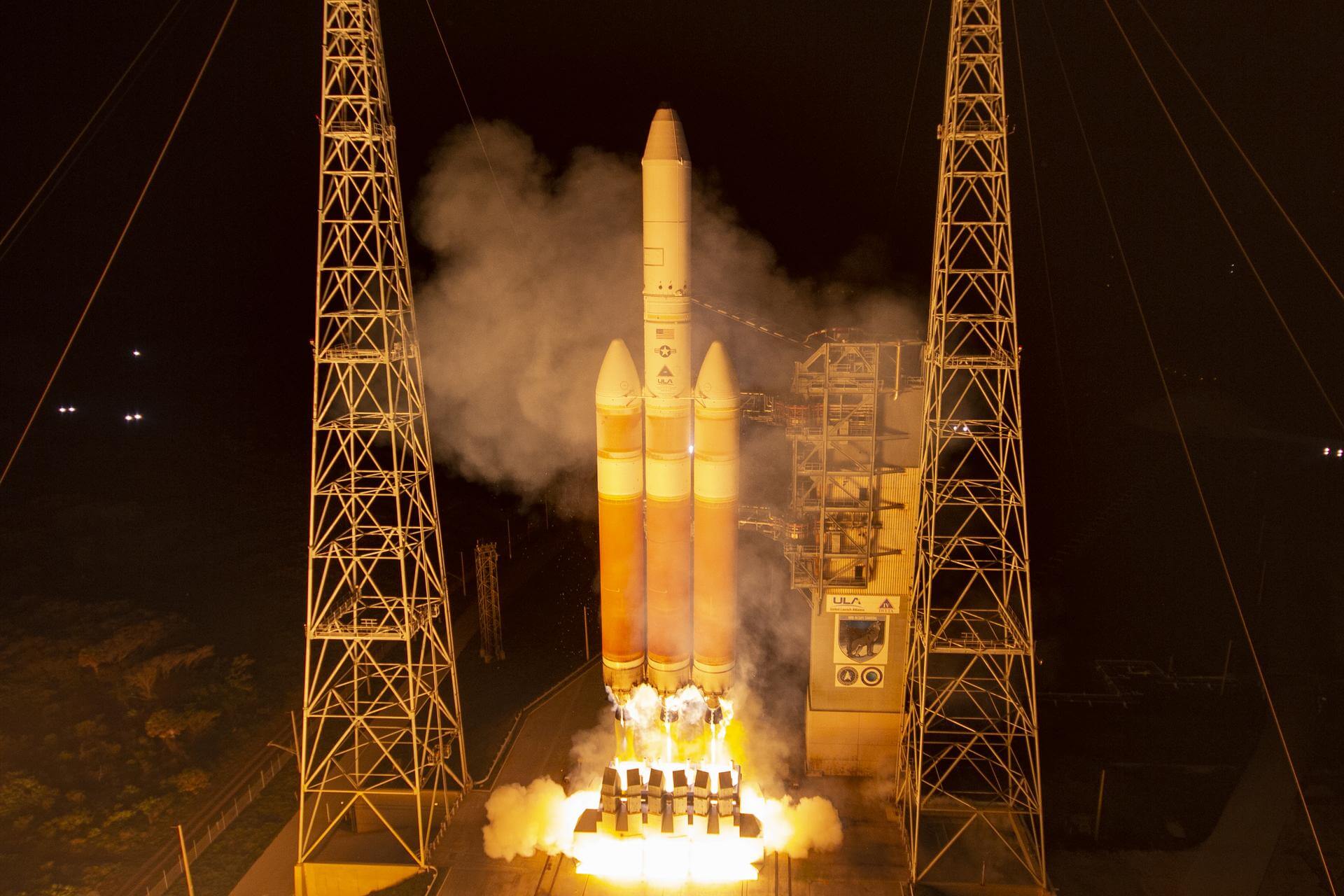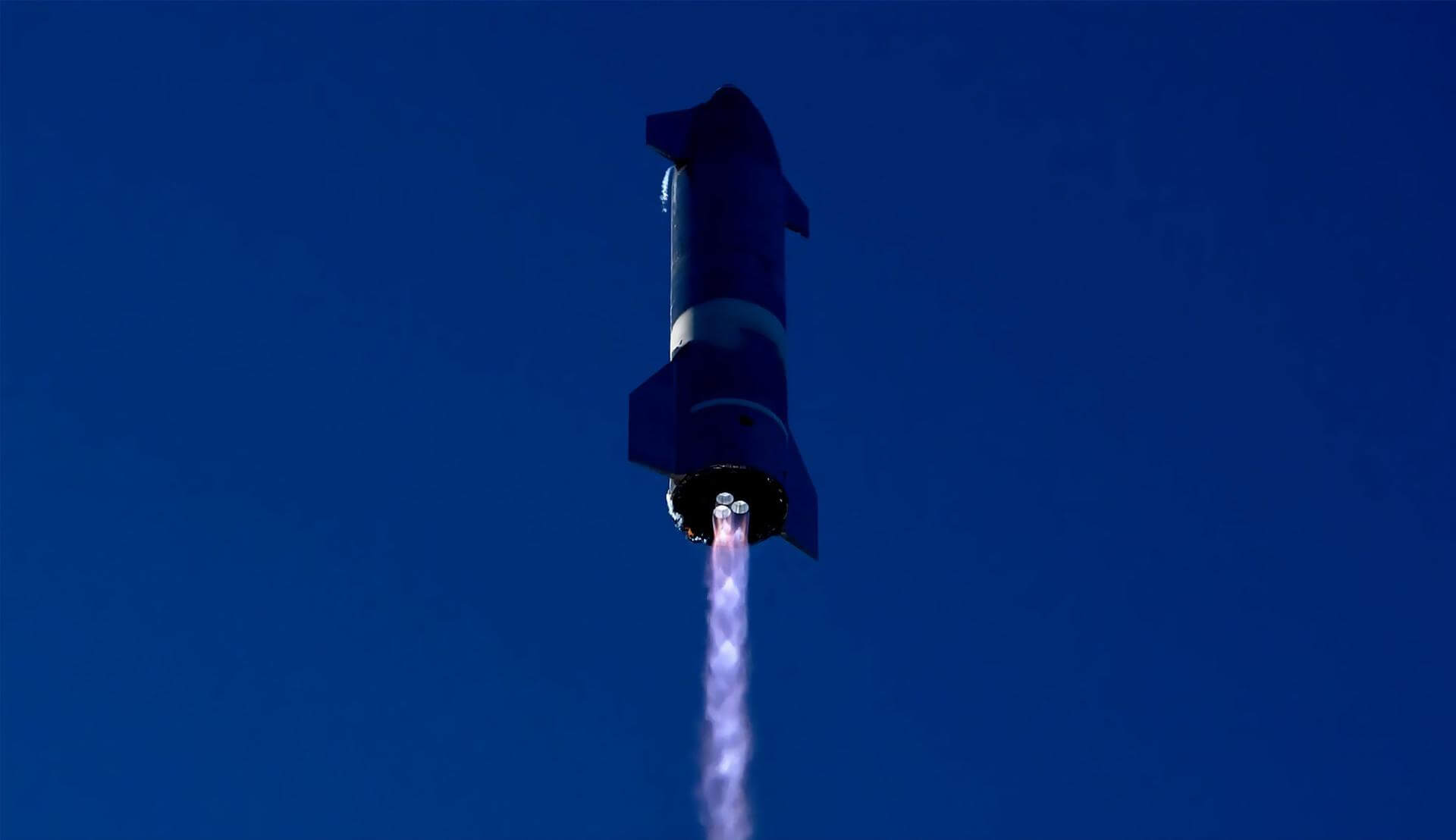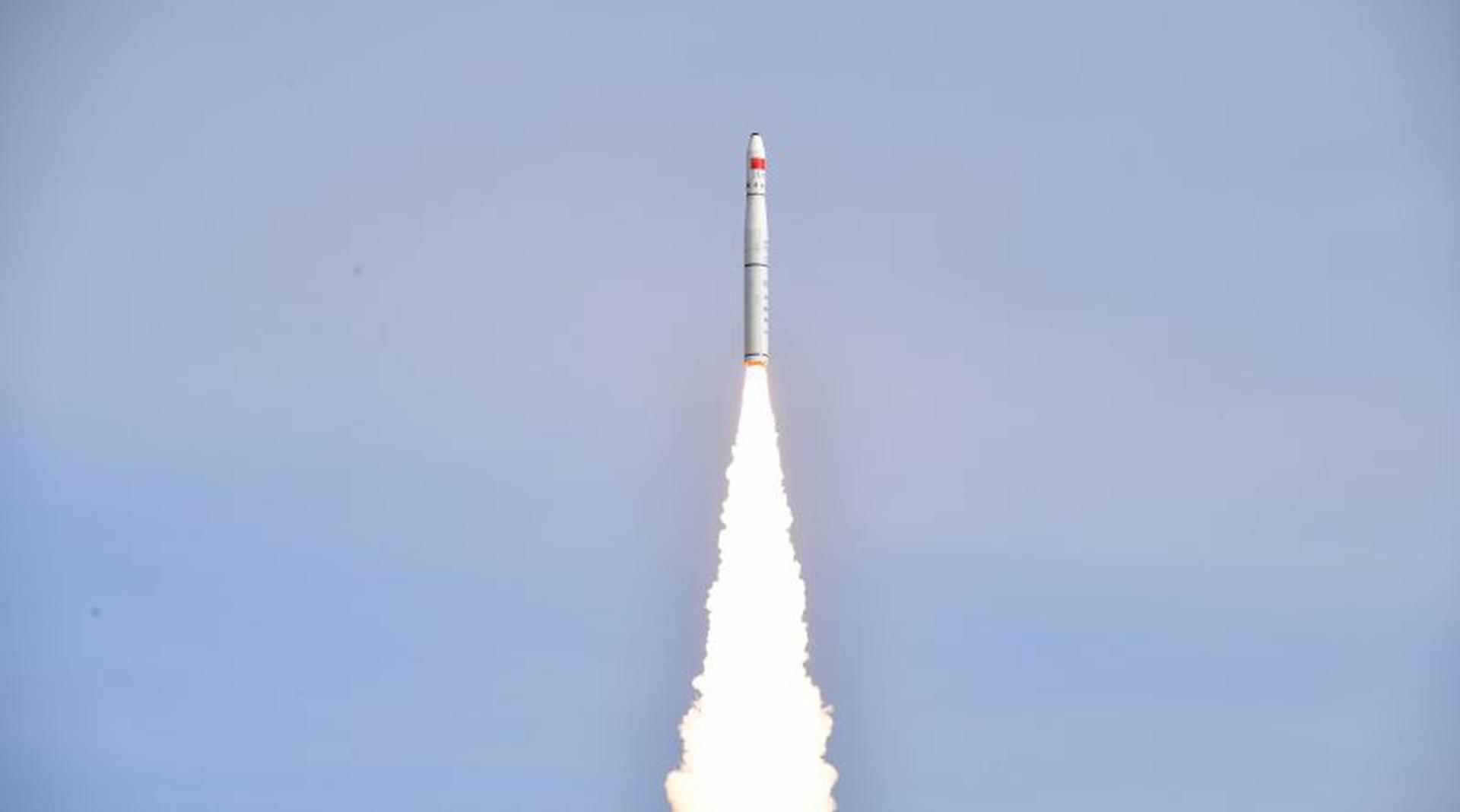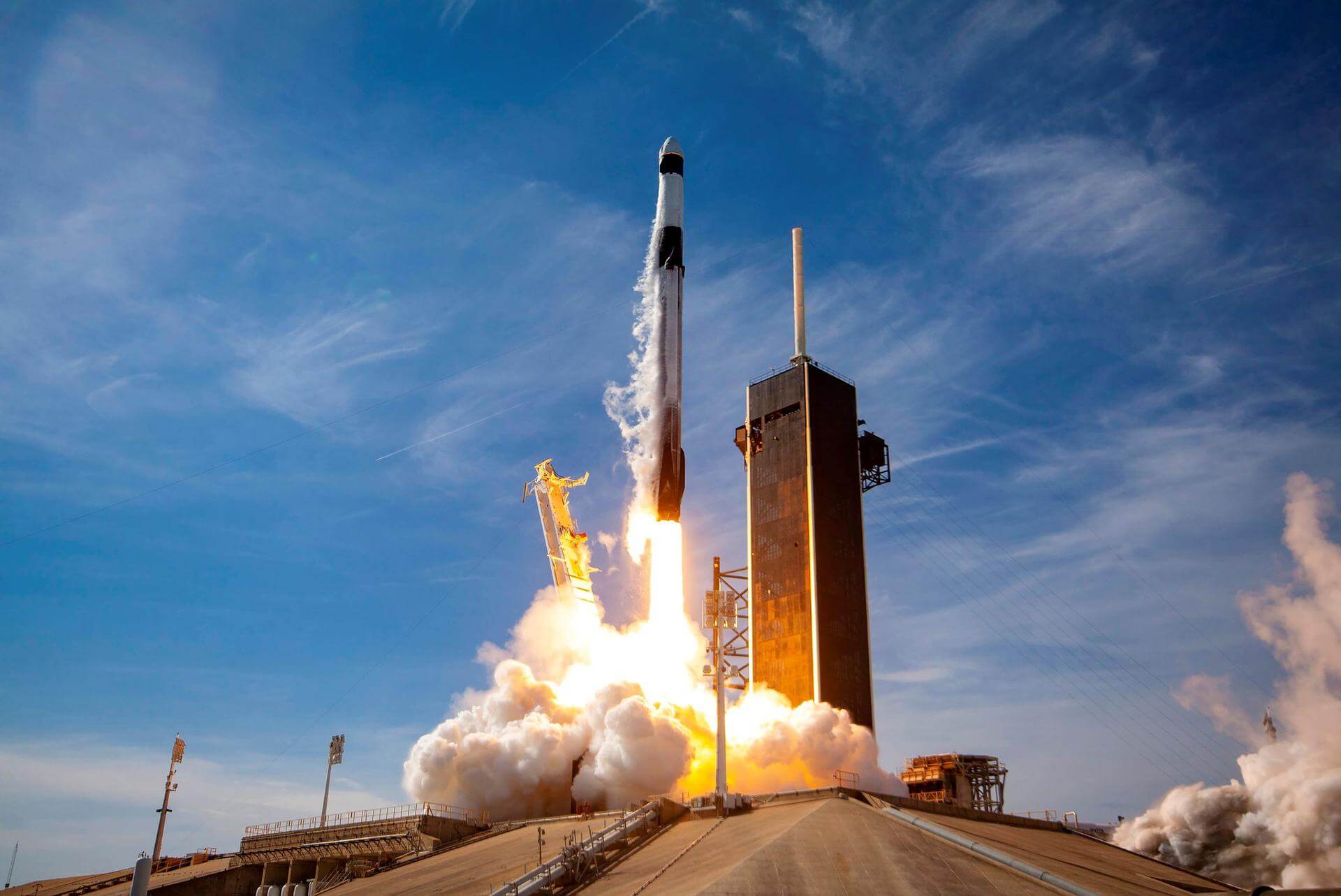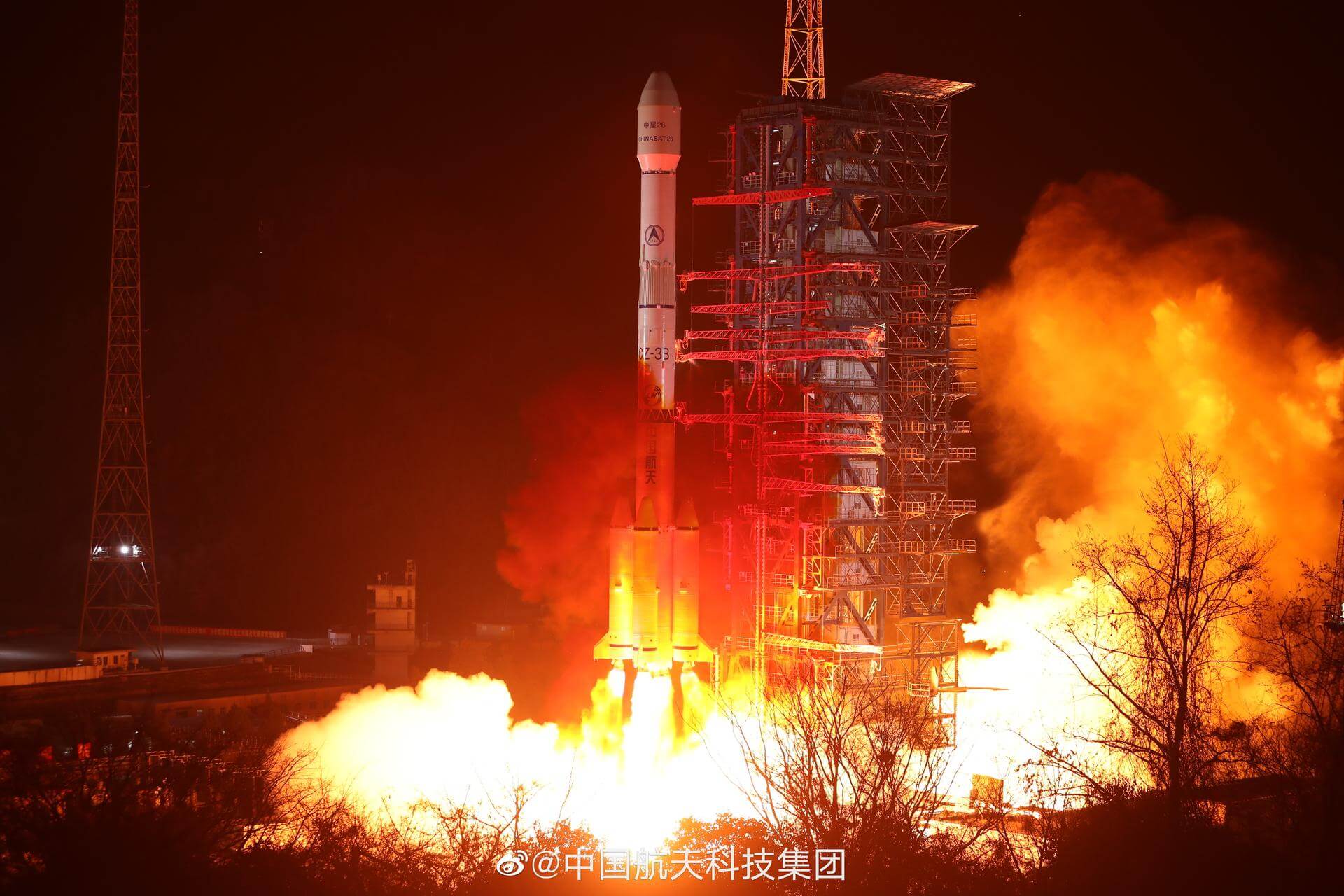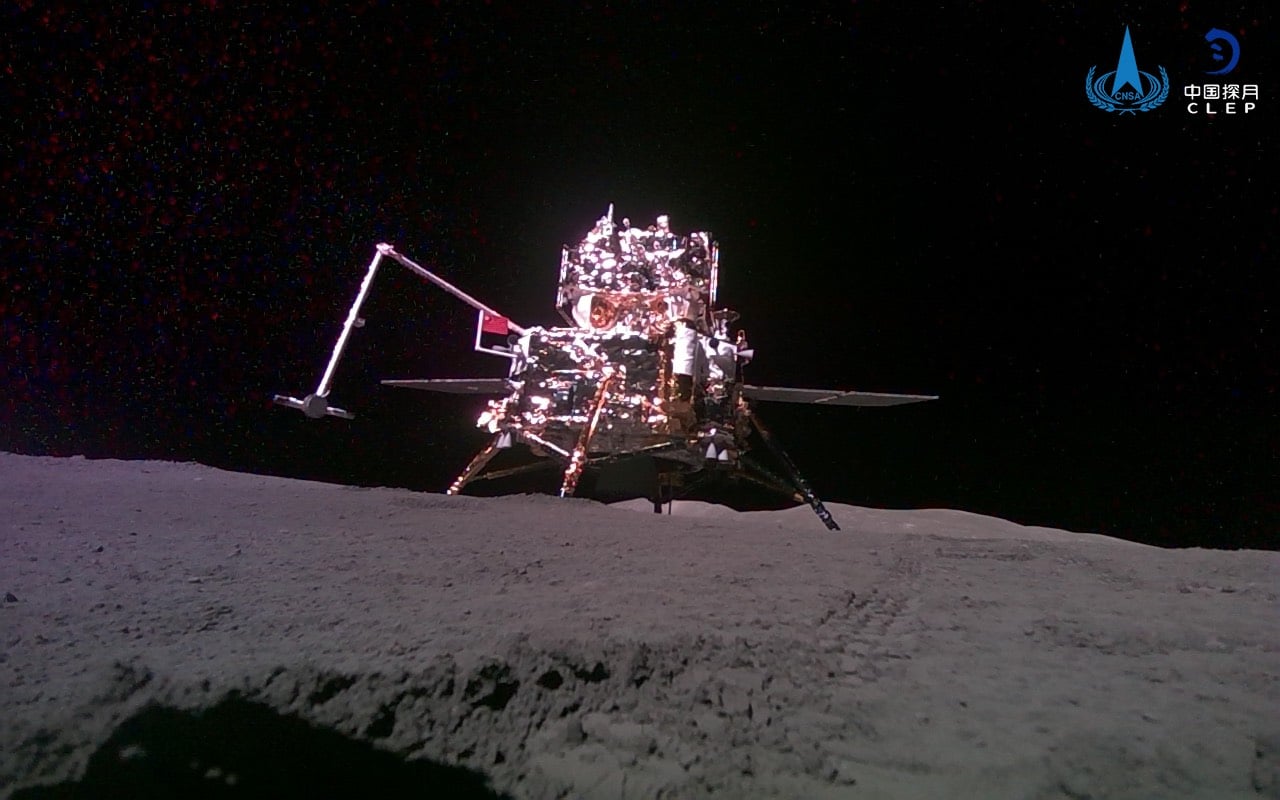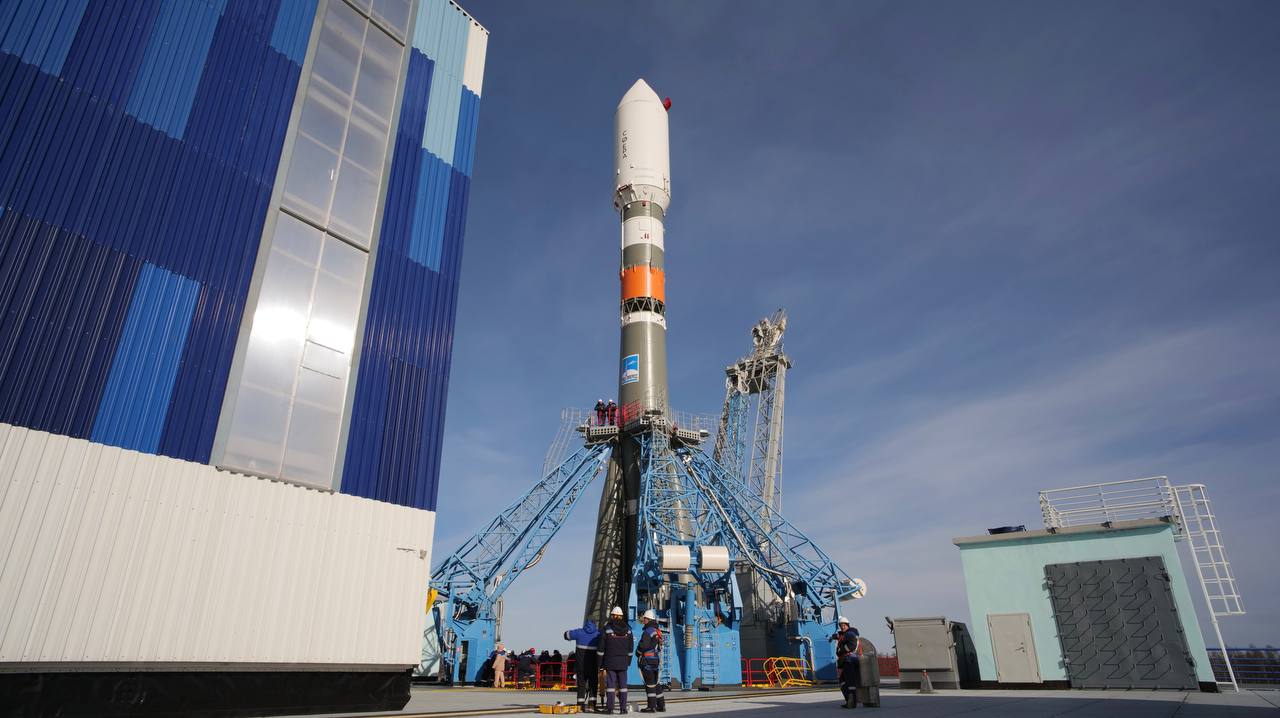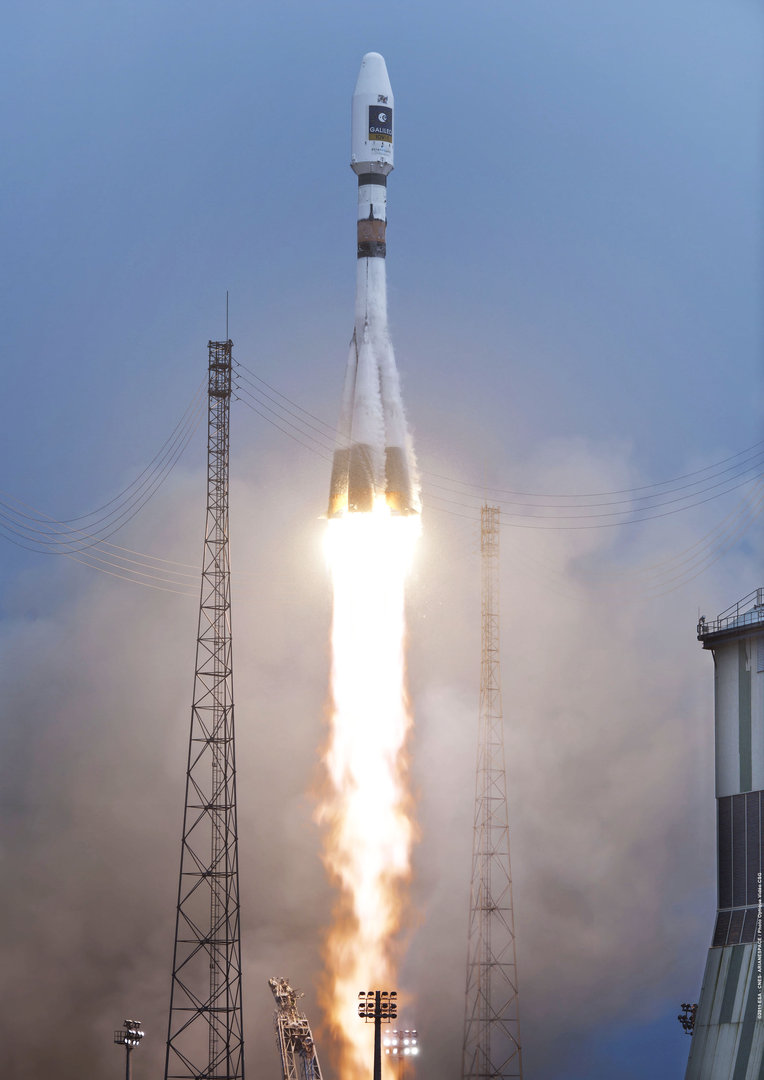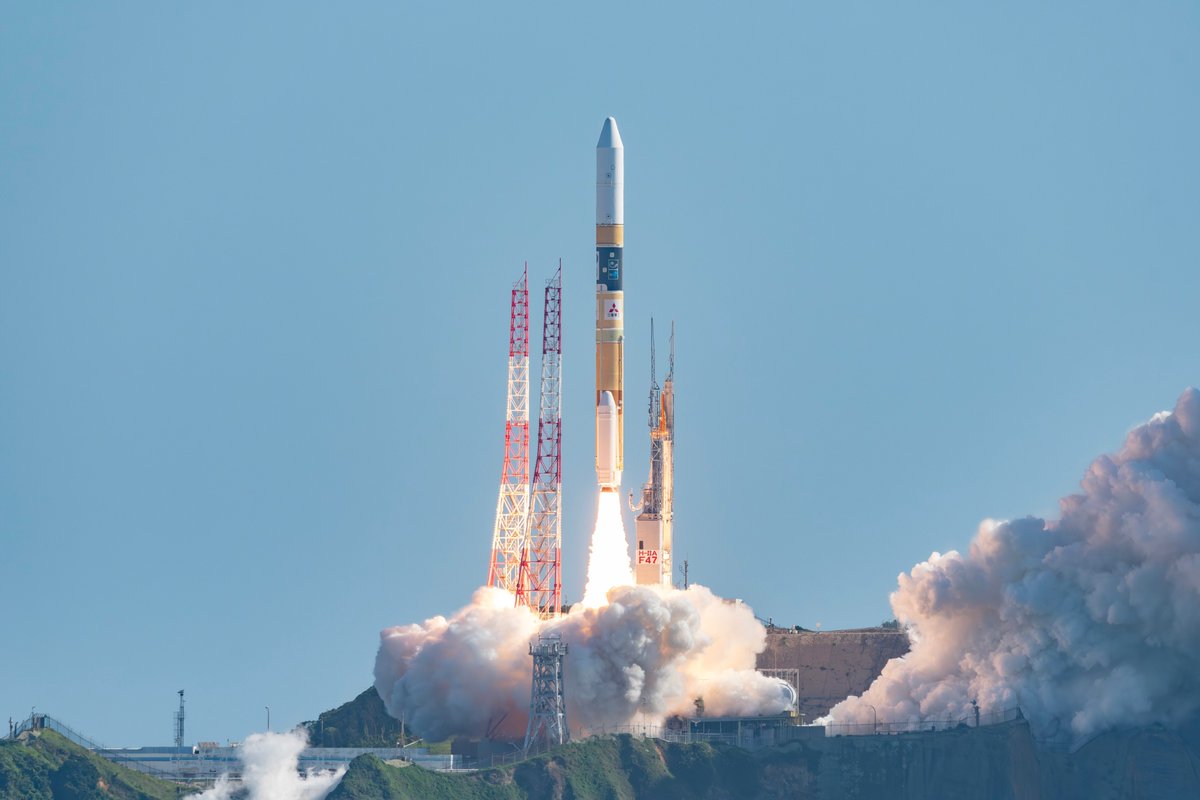Previous Spaceflight Launches
Filter by Agency, Locations or Vehicles
Show All LaunchesDelta IV Heavy | NROL-44
United Launch Alliance | United States of AmericaCape Canaveral SFS, FL, USA
Dec. 11, 2020, 1:09 a.m.
Starship SN8 | 12.5 km Flight
SpaceX | United States of AmericaSpaceX Starbase, TX, USA
Dec. 9, 2020, 10:45 p.m.
Long March 11 | GECAM
China Aerospace Science and Technology Corporation | ChinaXichang Satellite Launch Center, People's Republic of China
Dec. 9, 2020, 8:14 p.m.
Status: Launch Successful
Mission:
GECAM (Gravitational Wave High-energy Electromagnetic Counterpart All-sky Monitor) is a constellation of two small X-ray and gamma-ray all-sky observatories to search for gamma-ray counterparts to gravitational wave events. Each satellite features a dome-shaped array of 25 Gamma-ray detectors (GRD) and 8 Charged particle detectors (CPD). Together the satellites will provide a FOV of 100% all-sky. The sensitivity of the detectors is ~2E-8 erg/cm2/s. They will provide a localization of ~1°. The detectors are sensible in the energy band from 6 keV to 5 MeV. Besides detecting the radiation from gravitatinal wave events, the satellites will also be contributing in detectiong Ultra-long GRBs, X-ray Flashes, X-ray-rich GRBs, Magnetars and Terrestrial Gamma-ray Flashes.
Low Earth OrbitFalcon 9 Block 5 | Dragon CRS-2 SpX-21
SpaceX | United States of AmericaKennedy Space Center, FL, USA
Dec. 6, 2020, 4:17 p.m.
Status: Launch Successful
Mission:
SpaceX will launch the first cargo variant of its Dragon 2 spacecraft on their 21st commercial resupply services mission to the International Space Station. The flight will be conducted under the second Commercial Resupply Services contract with NASA. Dragon will be filled with supplies and payloads, including critical materials to directly support more than 250 science and research investigations that occur onboard the orbiting laboratory.
Low Earth Orbit B1058 - Flight Proven ( ) Of Course I Still Love YouLong March 3B/E | Gaofen 14
China Aerospace Science and Technology Corporation | ChinaXichang Satellite Launch Center, People's Republic of China
Dec. 6, 2020, 3:57 a.m.
Status: Launch Successful
Mission:
Gaofen is a series of civilian Earth observation satellites developed and launched for the China High-definition Earth Observation System (CHEOS), a state-sponsored programme aimed to develop a near-real time, all-weather, global surveillance network consisting of satellite, near-space (stratosphere) airships, and aerial observation platforms.
Sun-Synchronous OrbitChang'e | Chang'e 5
China Aerospace Science and Technology Corporation | ChinaMons Rümker, Moon
Dec. 3, 2020, 3:11 p.m.
Soyuz 2.1b/Fregat-M | Gonets-M30, Gonets-M31, Gonets-M32
Progress Rocket Space Center | RussiaPlesetsk Cosmodrome, Russian Federation
Dec. 3, 2020, 1:14 a.m.
Status: Launch Successful
Mission:
Gonets-M are an upgraded version of Gonets satellites, derived from military communications system Strela-3. Gonets-M constellation is tasked with monitoring ecological and industrial objects, providing communication and data transmission services, covering also the remote areas like the Far North region.
Low Earth OrbitSoyuz STA/Fregat | Falcon Eye 2
Progress Rocket Space Center | RussiaGuiana Space Centre, French Guiana
Dec. 2, 2020, 1:33 a.m.
Status: Launch Successful
Mission:
Falcon Eye 2 is a high-resolution Earth-imaging satellite for the United Arab Emirates. Built by Airbus Defense and Space with an optical imaging payload from Thales Alenia Space, Falcon Eye is the second of two surveillance satellites ordered by the UAE's military.
Sun-Synchronous OrbitH-IIA 202 | JDRS-1
Mitsubishi Heavy Industries | JapanTanegashima Space Center, Japan
Nov. 29, 2020, 7:25 a.m.
Falcon 9 Block 5 | Starlink 15
SpaceX | United States of AmericaCape Canaveral SFS, FL, USA
Nov. 25, 2020, 2:13 a.m.
